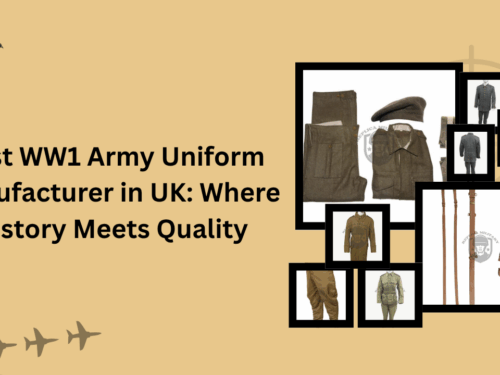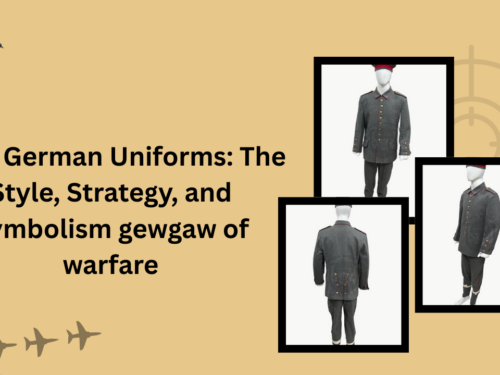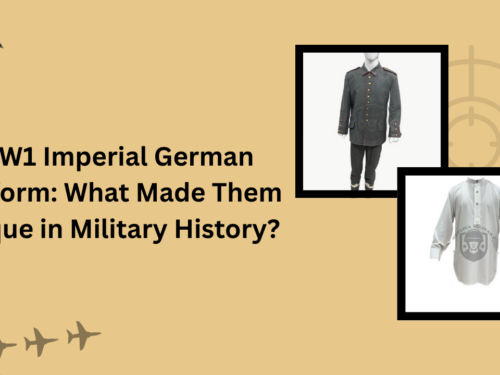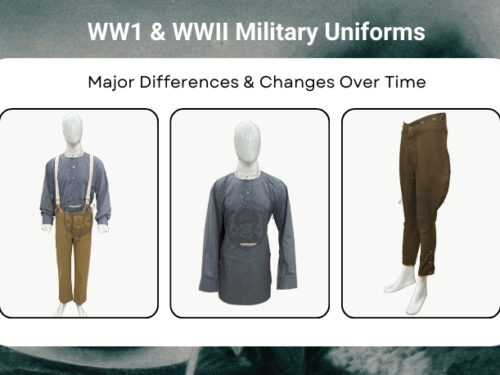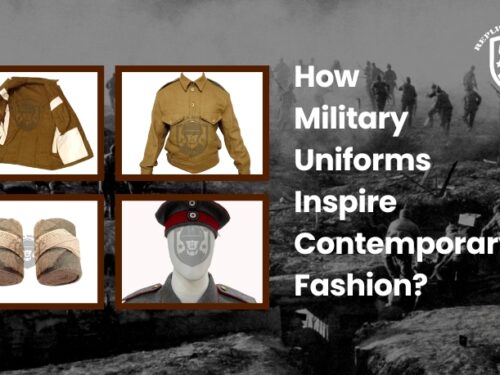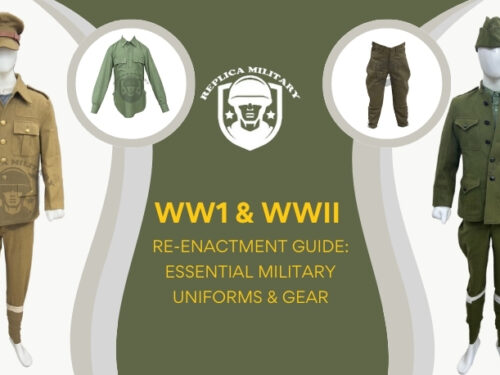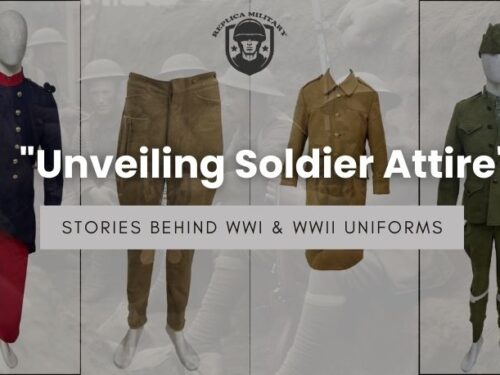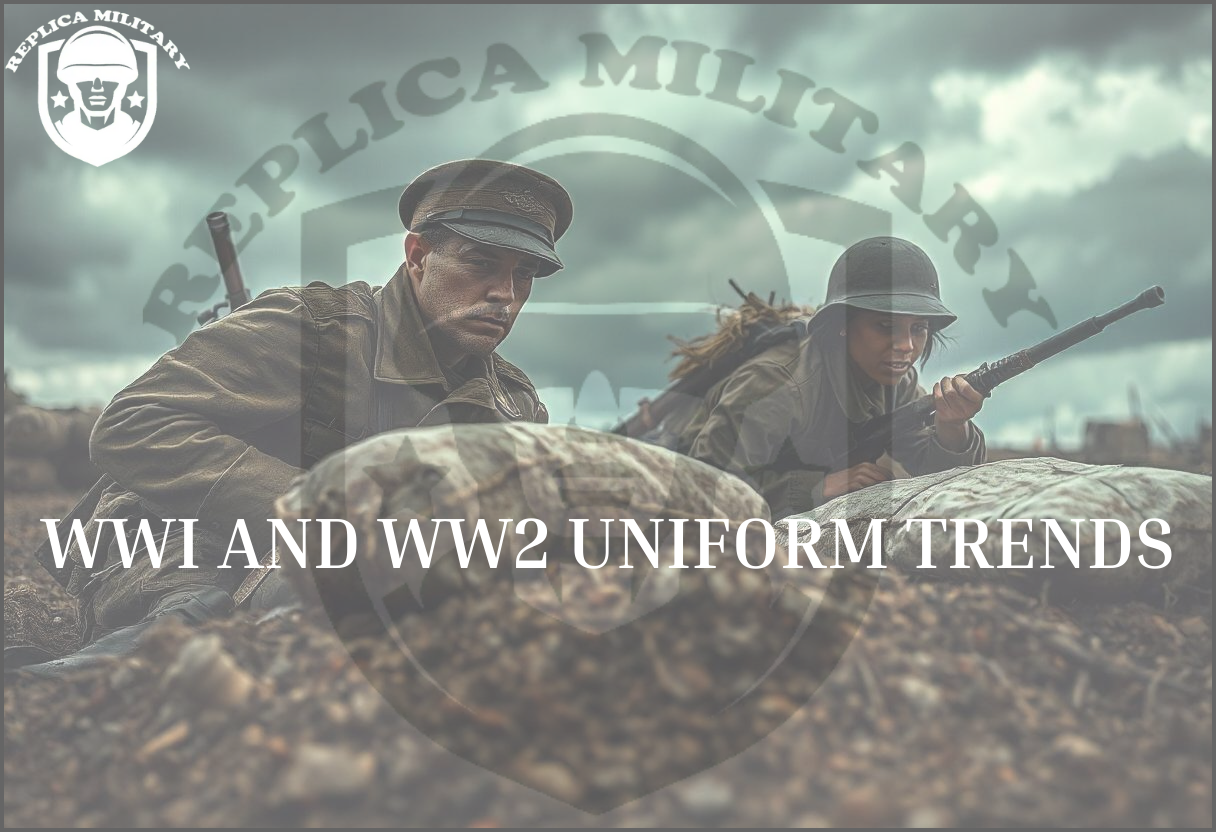

The Victorian British Military Uniforms in the Zulu Boer War: A Study of Form, Function and Evolution
At Replica Military we are passionate about celebrating the rich heritage of military fashion, especially the iconic Victorian era uniforms. Major conflicts occurred during this period, notably the Zulu War (1879) and the Boer Wars (1880-1881, 1899-1902). These battles not only shaped British military history, but also marked an exciting change in military uniform design. In this blog we will explore the shape, function and evolution of British military uniform during these key battles and consider how it continues to inspire our contemporary fashion inspired from Victorian British military uniforms in the Zulu Boer War.
The look of Victorian British military uniforms in the Zulu Boer War
The Zulu War (1879)
During the Zulu War, British soldiers were instantly recognizable by their bright red uniforms, a symbol of British military pride. These outfits weren’t just about aesthetics; They served a purpose in terms of personality and morality. The main features of these shirts are:
- Bright red tunics: The bright colour was intended to boost morale and create a sense of unity among the troops. However, this choice left the army vulnerable to attack on the battlefield, as evidenced by the heavy losses at Isandlwana during Victorian British military uniforms in the Zulu Boer War.
- Headgear: Soldiers often wore “pork pie” hats or a shako, while officers were often decorated with elegant plumed helmets This choice of headgear gave a formal appearance in Victorian British military uniforms in the Zulu Boer War.
- Blue trousers and leather boots: The lightweight blue trousers provided the breathability and comfort needed in the scorching Zululand heat, leather boots were designed for durability and protection, necessary to navigate the rough terrain encountered in the region. Their sturdy construction allowed them to be mobile and allow troops to move quickly in battle and on long journeys. Together, these elements exemplified the blend of comfort and efficiency, which was essential for British soldiers in difficult situations in Victorian British military uniforms in the Zulu Boer War.
The Boer War (1880-1881, 1899-1902)
Experiences from the Zulu War led to significant changes in military dress during the Boer Wars, particularly as British troops faced more guerrilla-like enemies:
- Adoption of khaki: The bright colours of the earlier uniforms were replaced by khaki, which provided better camouflage in parts of South Africa This marked a significant departure from traditional military uniforms.
- Practical design: Mobility was emphasized through the introduction of slouch hats and lighter, more functional clothing. Attention was turned to tactical design, which enabled soldiers to engage more effectively in the field.
- Enhanced equipment: Uniforms began to incorporate more lightweight items and items such as pouches, necessary for ammunition and logistics in extended battles This functional change reflected an understanding of the military needs in combat situations during Victorian British military uniforms in the Zulu Boer War.
Comfort and durability
The harsh conditions in the South African climate highlighted the importance of comfortable and durable clothing:
- Physiological innovations: Changes to lighter and more breathable clothing during the Boer Wars greatly improved soldiers’ comfort, enabling them to perform better in extreme heat Thus this concept of weather is still relevant in modern military equipment.
- Functional Features: Our modern designs take cues from historic utility, incorporating features such as multiple pockets and interchangeable accessories to ensure Soldiers are prepared for a variety of situations in Victorian British military uniforms in the Zulu Boer War.
Evaluation of a Military Uniform
Lessons learned in Victorian military uniforms in the Zulu Boer War
Experiences in the Zulu-Boer wars led to significant changes in military dress code:
- From Traditional to Practical: The shift from ceremonial to casual wear has greatly enhanced military fashion. These changes reflected a growing understanding of the importance of flexibility in warfare and served as a template for future military uniform design in Victorian British military uniforms in the Zulu Boer War.
- Impact on Future Design: The innovations born from these conflicts continue to inform our fashion. At Replica Military, we blend historical accuracy with contemporary functionality, ensuring our pieces match modern sensibilities while wearing the past.
Long lasting effects
The heritage of these Victorian british military uniforms in the Zulu Boer War is reflected in contemporary fashion and military fashion:
- Functional integration: At Replica Military, we prioritize practicality in our design, ensuring that every piece not only looks good but serves a purpose. Our clothes reflect lessons learned from past conflicts and combine fashion with practicality.
- Cultural significance: Our uniforms are a tribute to the history and courage of those who wore these colours. By wearing our pieces, you connect with the past while making a contemporary fashion statement.
Conclusion
At Replica Military, we pay homage to the Victorian British military uniforms produced during the Zulu and Boer Wars. These garments reflect a fascinating journey of adaptation and innovation, from rich red tunics to practical khaki garments that emerge in later struggles Our styles celebrate this rich history celebration, using a collaborative approach to create pieces to suit both history buffs and fashionistas.
Browse our collections Hold on to a piece of history that continues to inspire and evolve. Embrace the heritage of military fashion with Replica military, where history meets contemporary style.

